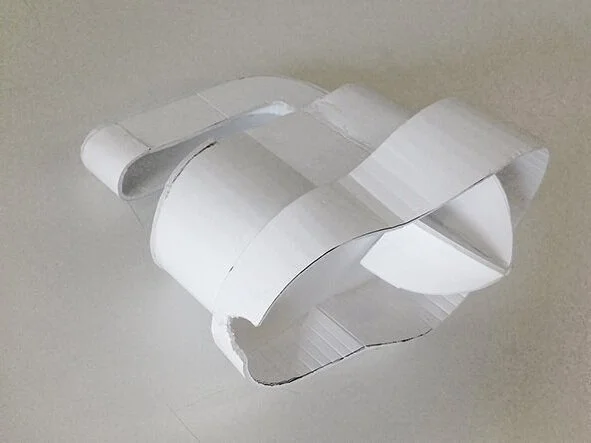ö z y e g i n u n i v e r s i t y
Opening in 2008 to promote professional, entrepreneurial education and applied research in service to society, Özyeğin University (ÖzU) has been ranked by the Times Higher Education institution in London as one of the top 5 universities in Türkiye.
It currently hosts 6 faculties, 2 vocational schools, and 3 graduate schools, collectively offering 23 undergrad, 32 graduate, and 10 doctoral degree programs to over 8000 students.
Özyeğin University, Faculty of Architecture and Design building and surrounding campus. Image | Archidust, Ibrahim Ozbunar
Located in the wooded, Istanbul suburb hills of Çekmeköy, the tranquil, LEED certified campus, spanning over 280,000 square meters, reflects the university’s future focus to attract the foremost academic staff and facilitate the highest standards of learning for students.
Its contemporary architecture integrates classrooms, study rooms, laboratories, auditoriums, a 2800 square meter library, an athletic center, outdoor sports courts and fields, social spaces, numerous cafés, a bank, a grocery store, and accommodations for nearly 2500 students and visitors.
Cordless, mixer | juicer concept by student, Ayse Asena Bacaksiz in 2018.
a r e t u r n i n g
My relationship with ÖzU unwittingly began before ÖzU existed—by meeting and teaching design under Professor Alpay Er at Istanbul Technical University (İTÜ) in 2000, who later became the Chair of the Department of Industrial Design within Özyeğin’s Faculty of Architecture and Design.
Fatefully too, a student of mine from that time at İTÜ also joined the ÖzU Industrial Design faculty as an Assistant Professor.
Staying in touch with Alpay over the years would then bring a chance to conduct ÖzU’s 2018 Industrial Design, summer studio course. That term, as with the summers of 2019 and 2020, have since been ideal opportunities to give to others what I’d been given—the privilege of higher education.
An entitlement made even more pronounced in the COVID pandemic summer of 2020, as I found myself adjusting my traditional, instructional design and delivery skills to teach remotely through the modern, classroom model of online screens.
a l e s s o n i n t h e l e s s o n s
As at İTÜ, through personal and professional example and encouraging exchanges, I shared design as “the process of possibility” and as emotional, user experiences rather than as mere forms and functionality.
The syllabi and project briefs took students along a conventional, consumer appliance development path while challenging them with unconventional usage contexts. As their curious minds and latent, creative talents came alive the students explored further and more thoughtfully, and found themselves improving more than ever before.
Incorporating learnings I’d gained since İTÜ as well, to expand their thinking process we held engaging discussions on, and demonstrations of, the unseen drivers of human behavior as openings both for innovation and for cautious consideration.
These dialogues included talks on inspiring consumer connections, the physiology and ethics of addictive design, implications of globalization, and the imperative of environmental responsibility.
White board notes on the interplay of brand, offering, and user emotion.
Instructor participation in class projects, such as building mock ups of their own design, also builds mutual respect with students.
In addition to seeing students smile as they witnessed their own progress, perhaps most rewarding was the appreciation they expressed for the manner in which they were taught. Perceptive students personally experienced the emotive meaning of user experience through their own, favorable sense of the studio learning atmosphere itself.
As communication theorist, Marshall McLuhan wrote, “The medium is the message.”
For interactions and in organizations of every kind, then, this denotes the need to be mindful of our practical methods along with the profound meanings portrayed through the means we apply in performing those practices.







